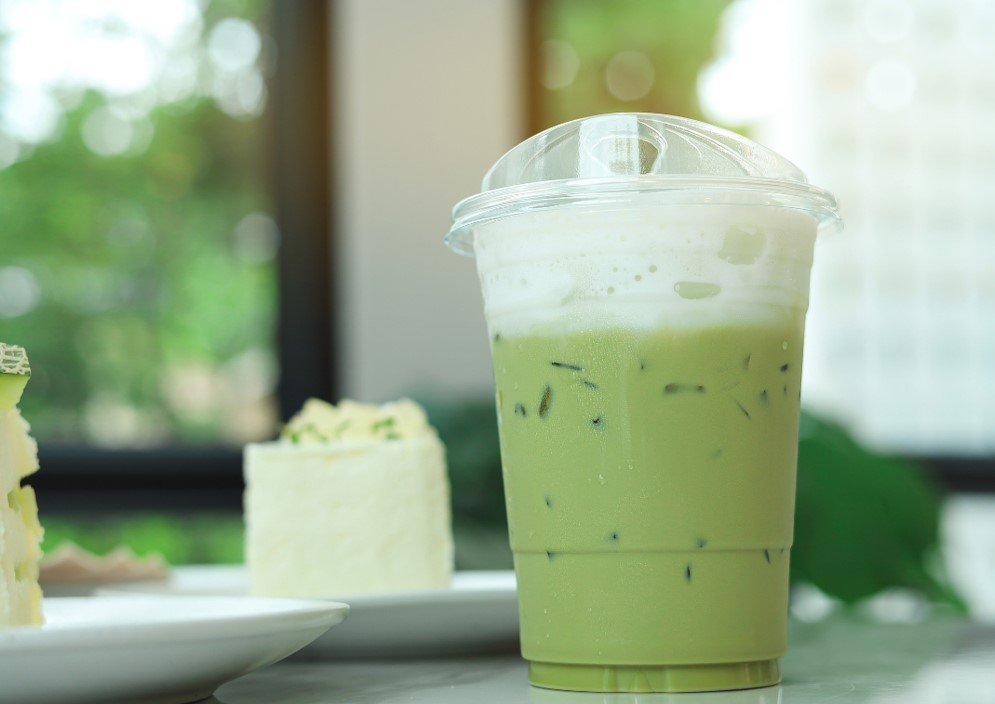Health
How to Use Pure Plant Powder in Teas, Capsules, and Functional Drinks

If you’ve got a pouch of pure plant powder—whether it’s kratom, kava, or another botanical—you’re holding one of the most versatile formats available. But flexibility isn’t the same as ease. Many first-timers either give up too soon or use it in ways that undercut its effects.
This guide explains how to get the most out of plant powder using three common preparation methods: tea, capsules, and functional drinks. We’ll walk through the tools, timing, and techniques that help preserve potency and flavor, with a focus on realistic routines you can stick with.
Why Use Pure Plant Powder?
When you choose pure leaf kratom or any loose botanical powder, you’re getting the plant in its most natural form. Unlike ready-made shots or capsules, this gives you full control—no fillers, flavor masks, or added ingredients. That means:
- You control the dose, the timing, and the format
- You can pair it with other herbs based on your goals
- It’s often more affordable per serving
- You avoid unnecessary sugars, sweeteners, or artificial flavors
But that freedom comes with responsibility. If you use it poorly, you may lose potency, flavor, or balance. That’s why technique matters.
Method 1: Brew it Into a Tea
Brewing is one of the oldest and most effective ways to use kratom, kava, or other adaptogenic powders. When done right, it makes the drink smoother, easier to digest, and easier to combine with other flavors.
How to Brew Powder-Based Tea
Start with warm, not boiling, water. A low simmer (around 160–180°F) is enough. Add 1–2 teaspoons of plant powder, stir well, and let it steep for 15–20 minutes. You’ll want to strain it through a fine mesh filter or cheesecloth before drinking.
To improve solubility and taste, squeeze in lemon or lime and sweeten lightly if needed. This method works particularly well with kratom, turmeric, ginger, and other earthy botanicals.
What to Watch For
The downside? It’s a bit messy. Without good straining, sediment settles at the bottom. If your powder is coarse, expect a gritty finish unless you filter it well. Strong herbs may also taste bitter, especially without added flavoring.
Method 2: Fill Your Own Capsules
If you want a portable, taste-free format, capsules are an excellent option. They make it easier to build a consistent habit without brewing or blending.
Filling capsules by hand may sound tedious, but with a basic capsule tray and some planning, you can prepare a week’s worth in 10–15 minutes. Most people use size 00 or 0 capsules. After filling and sealing them, store in a cool, dry container to preserve freshness.
This method is best for people who value convenience or who need more precise microdosing.
What it lacks in ritual, it makes up for in portability. But remember: capsules digest slower, so onset time may be delayed compared to tea or liquid formats.
Method 3: Add It to Functional Drinks or Smoothies
Smoothies and wellness drinks are perfect for people who hate bitter herbal flavors. When blended with fruits, healthy fats, or creamy bases, powders disappear into the background.
The key is to add powder after the liquid base—not before—so it doesn’t clump. Stir or blend thoroughly for an even mix. Some powders (especially kratom) don’t dissolve fully, so consistency may vary. Shake before sipping.
This method shines for people who stack herbs or want to combine energy and recovery ingredients. You can mix with protein, electrolytes, adaptogens, or nut milk for a complete wellness shot.
Just keep in mind that mixing too many ingredients at once can mask how each plant works. Simplicity is often better for beginners.
Tips to Avoid Common Mistakes
Even experienced users make missteps. Here are a few to avoid:
- Skipping filtration with teas results in chalky texture or digestive discomfort.
- Overheating delicate herbs reduces potency, especially with volatile compounds.
- Using flavored juice as a base can interfere with absorption or spike blood sugar.
- Letting capsules sit in heat or moisture can cause degradation over time.
- Mixing too many adaptogens in a smoothie dilutes individual effects and may feel inconsistent.
How to Pick the Best Method for Your Routine
Your lifestyle should determine the format you choose—not trends or hype.
If you enjoy slow mornings or wind-down rituals, tea brewing might be ideal. If you need fast, easy dosing on the go, capsules are better. If you’re already blending smoothies or health drinks, powders can slip right into that routine.
Some users rotate between formats based on their schedule. For example, tea in the evening, capsules at work, and blended drinks post-workout. This rotation can help you avoid tolerance while keeping your body responsive.
Final Thoughts: It’s Not Just the Herb—It’s How You Use It
Pure plant powder gives you more flexibility than any other format, but the way you prepare it determines the outcome. There’s no one-size-fits-all method. Brewing is grounded and traditional. Capsules are clean and portable. Functional drinks are modern and customizable.
Pick one—or combine them—to match your energy, mood, and schedule. Just make sure you’re handling the powder with respect: no shortcuts, no overdosing, no skipping filtration. Because the most powerful results don’t come from high doses or hype—they come from using the plant the right way.














